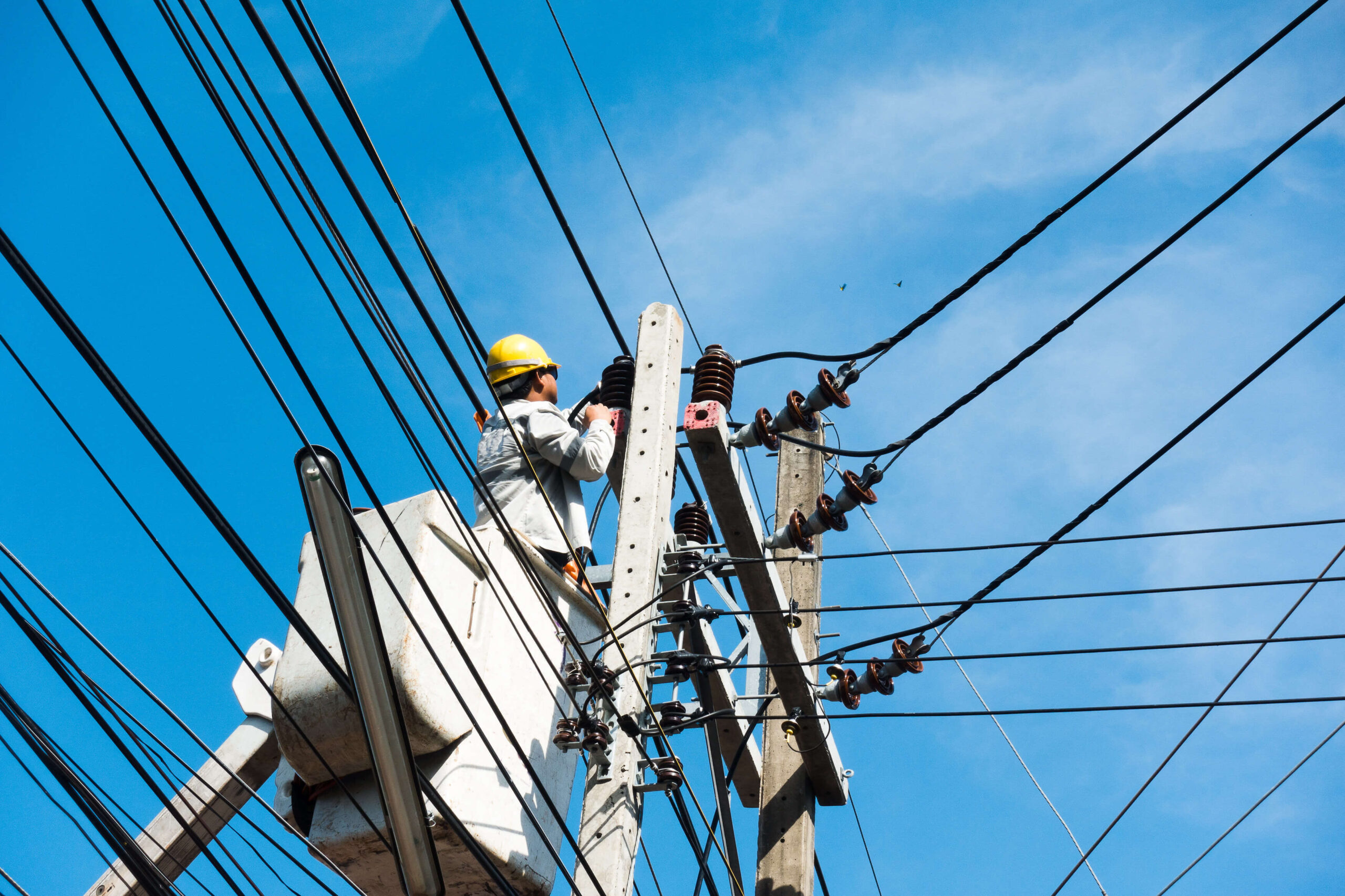Utilities do more than sell power. They are engaged in maintaining their own grid power quality and helping customers learn about energy savings, energy efficiency and how to reduce consumption & greenhouse gases. This is a large area for utilities as they are mandated by public service commissions (PSCs) to save a specific amount annually or every so many years. To do this, utilities must not only be aware of the energy efficiency technologies available on the market—many utilities promote (or incentivize) them. However, just because an energy efficiency technology is available on the market doesn’t mean it will provide the energy & power quality performance utilities want their customers to have. Electronic lighting (e.g., early electronic T8 ballasts and compact fluorescent lamps (CFLs)) were among the first energy-saving devices that lacked sufficient performance. Utilities didn’t want to recommend or incentivize energy-efficient lighting products which experienced early failure in customer electrical environments.

With light-emitting diode (LED) lighting products now the standard energy efficient lighting technologies costing more than their predecessors, utilities & their customers expect even a higher energy & power quality performance. While LED technologies do offer good energy savings with improve light quality, some still experience early failure in commercial & industrial electrical environments. In many cases, LED lighting technologies still have weak links that cause failures in customer electrical environments not ready to power them. PBE Engineers has solved many power quality problems involving LED lighting for utilities & their customers.
For customers, it’s more than just about energy efficiency and how much energy (or power) an energy-efficient technology can save. It’s also about reliability and power quality. Such technologies must be reliable and not subject to early failure before they reach near the end of life. If an energy efficiency technology won’t turn ON or operate correctly, nobody cares about its energy savings. Unfortunately, customers are still finding out that some technologies are not able to survive common everyday electrical disturbances. Some fail, even before their warranty period is over. Moreover, energy-efficient technologies typically cost more than traditional technologies. Customers expect reliability and energy savings combined with acceptable power quality performance when they purchase these products.
With customer electrical environments becoming more energetic and complex combined with an increasing number of disturbances in customer facilities, utilities should air on the side of caution and continue to have products tested by third party companies like PBE Engineers. Utilities should also continue to provide technology vendors with energy and power quality product specifications, listing out the expected energy & power quality performance typical in commercial & industrial environments. In fact, power quality performance specifications are changing. With more complex electrical environments, additional thought must be put into developing power quality performance specifications that will help keep manufacturers focused on designing and manufacturing products that will perform acceptably in challenging customer environments. We must raise the bar for power quality performance in a typical customer environment to help ensure products perform well and last a reasonable amount of time, so the products incentivized by utilities for their customers last well beyond the expected warranty & ROI.
PBE Engineers have unique experience in developing performance specifications for energy efficiency products & testing them whether they are electronic LED lighting products, VFDs, electric motors, HVAC systems or power supplies to name a few. Such specifications must not only include energy efficiency performance, but they must also include power quality and the effects of common everyday disturbances on energy performance.
Manufacturers who design and manufacture electrical and electronic equipment must be very careful before they publish technical specifications regarding power quality performance. Applying IEC, IEEE and other standards to determine and verify power quality performance has limitations regarding total whole-product performance. Today’s standards do not properly address real-world power quality phenomena and how it can impact product performance. No two customer sites are the same when it comes to power quality—that is, the disturbances & electrical conditions their products must endure. Manufacturers shouldn’t have to specify, pay for or ask their customers to purchase power quality mitigation equipment to enable a product to work in a typical every day electrical environment.
End-use products should provide a power quality performance reasonable enough to help ensure they last a reasonable amount of time past their warranty period. Manufacturers who are not aware of their total product performance in terms of power quality are operating under unmanaged risks. Manufacturers will benefit more if they invest in a higher level of power quality immunity testing instead of relying on their customer electrical environments to “test out” their designs. PBE expert power quality engineers are very knowledgeable in terms of total whole product power quality performance testing. Our real-world disturbance testing approach allows us to determine acceptable and unacceptable power quality performance for any electrical and electronic product for end user markets. Our approach is geared towards helping manufacturers recognize their performance & identify product shortcomings as well as applying the appropriate steps to eliminate them. Power quality performance specifications that are matched to the customers’ electrical environment are developed by PBE expert engineers to help manufacturers manage their risks.
Want to learn more about PQ & keep up with new PQ problems facing customer facilities, plus much more? Subscribe to one of PBE Engineers’ newsletters that’s free!